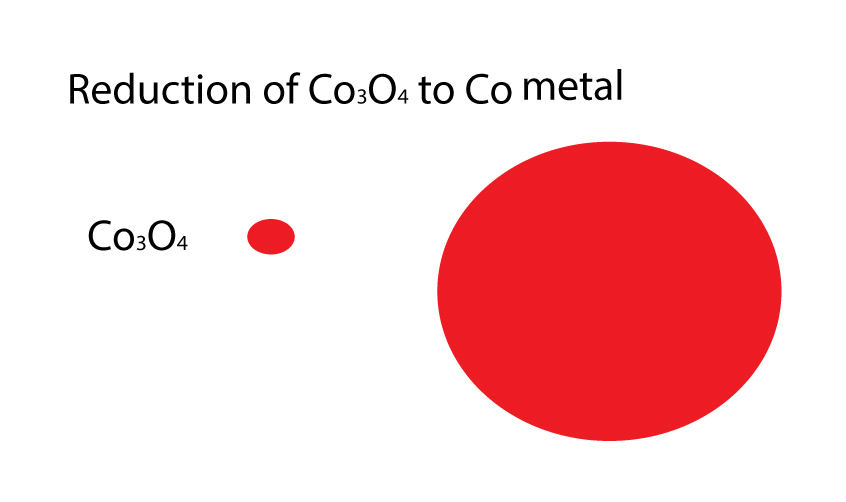Hello World! Today, I would like to talk to you about my experience with the Digital Studio summer fellowship. One of my PhD project goals is to educate the public about a promising new process to combust hydrocarbon fuels, specifically natural gas, with little to no side effects on the environment. This project is funded by the NSF and aims to find a solution to global warming. To achieve this goal, I have found a lot of support from the Digital Studio staff. The main goal of our collaborative work is to create a web site that can provide essential general information about pollution and the new process, namely Chemical Looping Combustion (CLC), which I have worked to contribute towards.
Nikki White, a Digital Humanities Librarian in the Digital Scholarship and Publishing Studio, provided me with basic information about creating websites and showed me some of their work. She suggested WordPress as a platform for my work, which the Studio uses for the majority of their websites. There are two versions: WordPress.com, which is hosted online by WordPress, and WordPress.org which can be downloaded and run on a local or self-hosted server. Thus, we had to ask to set up on a library server for me to get access to. The basic functionality of the two versions is the same though the back end does look quite a bit different.
After that Ethan DeGross, a Researcher/Developer at the Digital Scholarship & Publishing Studio, walked me through the process and taught me how to create pages on my website and other details. The big challenge for me was how to create animated figures that describe the reaction kinetic occurring during CLC process. This is one of the most important things that I wanted to include in the website because it can provide a good visual description for non-specialist. As my adviser always said “one figure is better than a thousand words”.
Therefore, after explaining my aim to Ethan, he gave me training on how to use Adobe Illustrator (AI) to create my images and then referred me to Heidi Bartlett, DESIGNER & CREATIVE COORDINATOR in the Digital Scholarship & Publishing Studio, who showed me how to create layers in Adobe Illustrator and then save them for the web (as jpg) and insert them into Photoshop software to create an animated figure. I included here, one of the animated figures, which shows how the cobalt oxide (CO3O4) particle reduced to CoO and then to Co metal by methane. This mechanism of the reaction is called the nucleation growth model. The basic concept of this model assumes that the reduction initiated by forming a nucleus of the reduced phase and those nucleus grow up in the center of the particle keeping the original phase on the particle surface.
Collectively, I had a wonderful experience this summer and I got good training on different software that will help me in my career!

